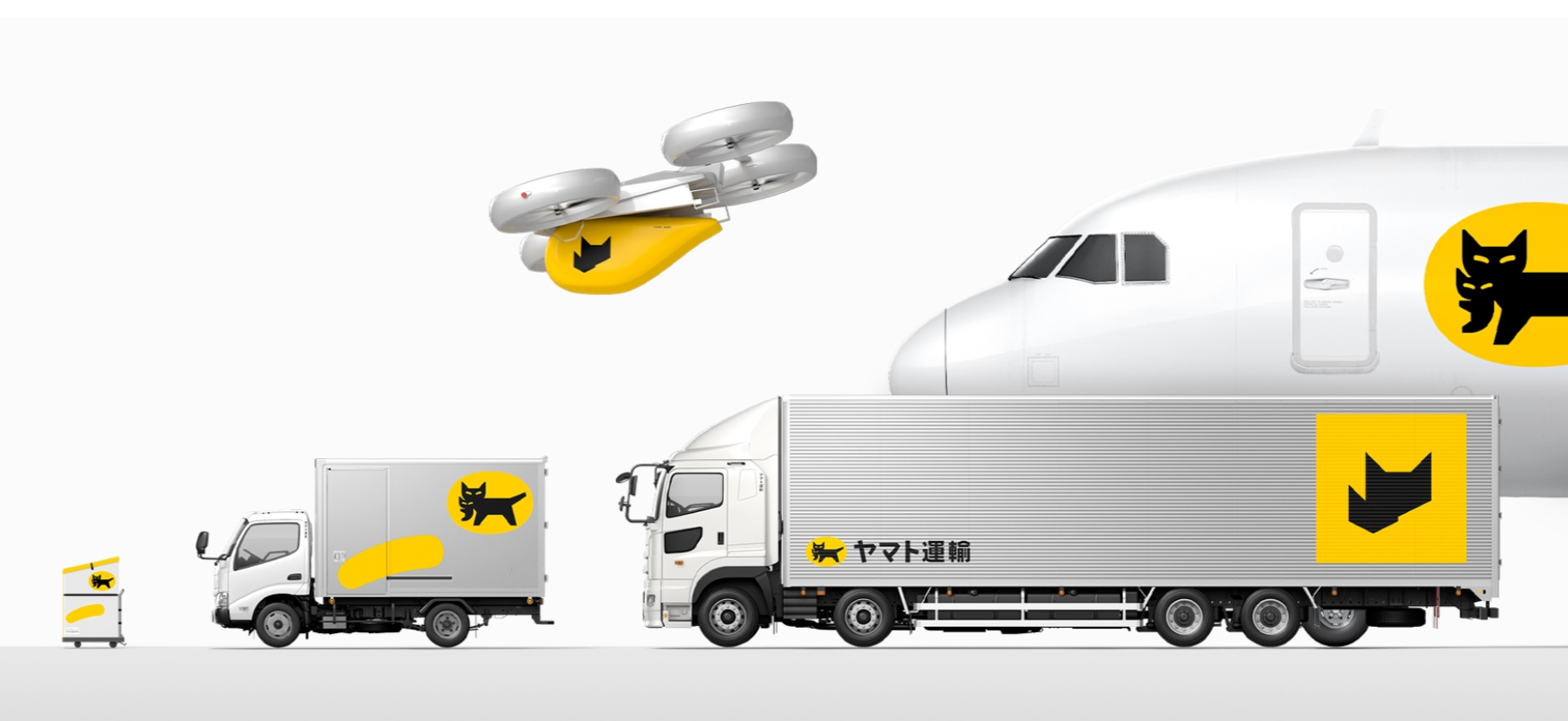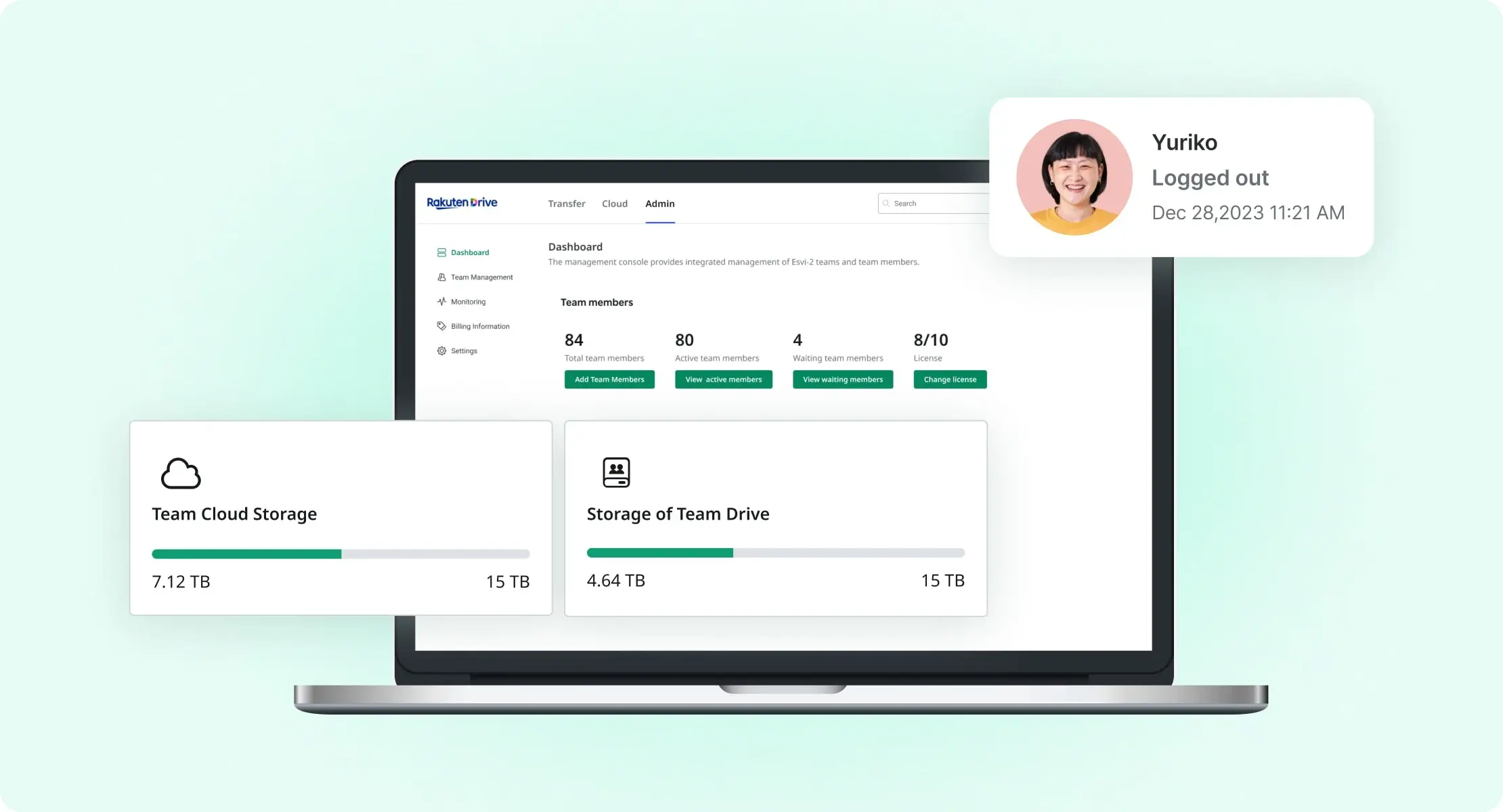Why Your Business Needs to Adopt BPA?
As digital transformation accelerates, there is a growing interest in business automation across all sectors. In particular, Business Process Automation (BPA) has emerged as a critical strategic option for many companies. In today’s business environment, where data has become a key asset, BPA goes beyond simply reducing repetitive tasks; it helps businesses stay agile in the face of change while maintaining and strengthening their competitive edge. In this article, we will explore the concept and necessity of business automation, and examine its effectiveness through real-world case studies.
Source: Freepik
Table of Contents
1. What is BPA?

Source: Freepik
Business Process Automation (BPA) involves automating repetitive and rule-based tasks within a company to improve efficiency, save time, and reduce costs. In today’s fast-paced business environment, where digital transformation is accelerating, BPA plays a crucial role in helping companies boost productivity and strengthen their competitive edge. Typically, BPA leverages software and cloud-based solutions to enhance existing workflows and establish automated processes.
In this context, a business process refers to a series of activities or procedures a company follows to achieve specific goals. For instance, by automating inventory management, companies can implement software to automatically monitor production levels and inventory status. If the stock of a specific item falls below a set threshold, an automatic reorder can be triggered. As a result, businesses can save time and manpower spent on inventory management, while also preventing revenue loss due to stock shortages. This is just one example of how business automation can be applied across various industries to improve operational efficiency.
👉 Learn More About Rakuten Drive for Business
2. Why should we adopt BPA?
Business process automation (BPA) goes beyond simply improving efficiency; it optimizes a company’s resources and provides a range of benefits. Here are the two key reasons why adopting BPA is crucial:
① Efficient workforce management

Source: Freepik
BPA helps optimize workforce management, especially when internal resources are limited, by enabling small teams to handle tasks efficiently. Automating repetitive tasks frees up employees to focus on more strategic or creative work. For example, automating simple tasks like data entry and report generation allows employees to concentrate on high-value activities that drive greater business outcomes.
② Cost Reduction and Improved Efficiency

Source: Freepik
BPA contributes to cost savings by reducing errors and delivering consistent results. Automating processes prevents the mistakes often associated with manual work, cutting down on the time and costs required for corrections. In particular, automating tasks that require high accuracy, such as financial data processing or customer interactions, helps establish standardized processes that maintain consistent quality and performance while boosting overall efficiency.
📍Comparative Analysis of Four Data Mining Tools for Business Insight Generation
3. 3 Industry Examples of BPA Adoption
BPA is effective across various industries in automating repetitive and routine tasks, improving both efficiency and accuracy. It is particularly well-suited for automating business processes or workflows that follow consistent rules, such as customer data management, inventory control, and report generation. Let’s explore key examples of how businesses have leveraged automation to strengthen their competitive edge.
① Walmart

Source: Walmart
Walmart, the world’s largest retailer, adopted a BPA system to efficiently manage its logistics and inventory operations. One of the key components of this system is the robot-based automation system, Alphabot. Alphabot automatically locates, sorts, and transports products to workers, significantly increasing productivity compared to manual labor. This has helped Walmart reduce logistics costs, streamline inventory management, and enhance customer satisfaction.
Furthermore, Walmart plans to establish next-generation fulfillment centers by 2026, integrating AI, machine learning, and robotics. With the expansion of BPA systems, it is expected that 95% of the U.S. population will be able to access next-day or two-day delivery, and 80% will benefit from same-day delivery. Through the automation of logistics and inventory management, Walmart is strengthening its quick-commerce capabilities and gaining a competitive edge over its major rivals.
② Siemens

Source: Siemens
Siemens has realized the benefits of BPA by building a smart factory environment to optimize its manufacturing processes. Siemens' smart factories are fully digitalized production systems that collect real-time data across the entire production process and integrate it with automation systems. The data gathered from each factory is shared with the product design and manufacturing planning departments, helping to improve product quality and prevent issues before they arise.
A key component of Siemens' approach is the Xcelerator platform, which leverages digital twins and the Industrial Internet of Things (IIoT) to optimize factory operations. Xcelerator uses virtual simulations to design processes and pre-assess changes to production lines, enabling Siemens to quickly respond to shifting demands and market conditions. By combining information technology (IT) and operational technology (OT) through digital twins, Siemens has achieved the flexibility to rapidly replicate and apply standardized production processes across its global factories. This approach ensures consistency and agility in manufacturing operations.
③ Yamato Transport

Source: Yamato Transport
Yamato Transport, one of Japan’s leading logistics companies, has introduced a cloud-based automation system to significantly enhance the efficiency of its logistics operations. In particular, the company has implemented a freight volume forecasting system that optimizes the operation of over 6,500 delivery centers and trucks nationwide. This system allows Yamato to manage customer demand and logistics flows in real time.
The freight volume forecasting system was developed with the goal of efficiently allocating logistics personnel and vehicle resources. By leveraging AI and machine learning algorithms to analyze freight collection and delivery data, the system automates data preprocessing tasks, greatly improving the efficiency of data scientists and engineers. As a result, Yamato Transport is able to respond flexibly to changing delivery demands, ensuring fast and accurate deliveries.
📍Comparing On-Premises and Cloud Servers: Which is More Cost-Effective?
4. BPA and Rakuten Drive Cloud Storage
To maximize the benefits of business process automation (BPA), efficient and flexible data management is essential. Rakuten Drive Cloud Storage provides a secure and scalable data management solution that supports businesses in accelerating digital transformation and enhancing operational productivity. With this solution, companies can effectively manage their data in dynamic business environments, ensuring smooth and efficient workflows as they automate processes.

Rakuten Drive Cloud Storage enables real-time data-driven decision-making within automated processes, facilitating seamless collaboration across teams. All data is securely stored in the cloud, allowing multiple departments to access it simultaneously, ensuring transparency and speed in operations. With real-time collaboration and file editing features, team members can instantly reflect the latest data, while file version control and access permission settings provide a secure, high-level data management environment for collaboration.
👉 Check Out Rakuten Drive Case Studies

Rakuten Drive Cloud Storage offers the flexibility to scale storage capacity up or down based on your needs. Businesses can choose customized pricing plans according to their size and requirements, maximizing cost efficiency while freely allocating resources. The platform also provides robust reliability in terms of data storage and recovery, ensuring systematic data management. By combining cloud storage with BPA, businesses can establish a stable and efficient foundation for scaling their digital transformation infrastructure.
👉 Explore More about Rakuten Drive for Business
We’ve explored the concept and necessity of business process automation (BPA) and reviewed three key industry examples. BPA not only enhances productivity but also strengthens a company’s competitive edge and creates new growth opportunities. When combined with cloud storage, BPA enables real-time data-driven decision-making, achieves cost savings, and optimizes human resources. Sign up for a free trial of Rakuten Drive today and start running your business more efficiently with cloud storage!
